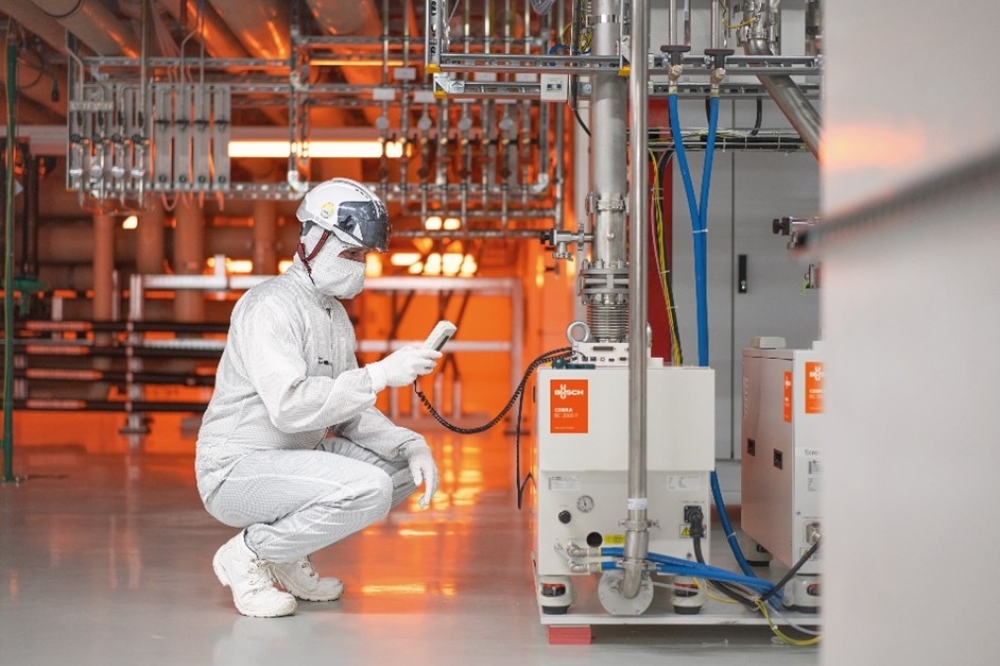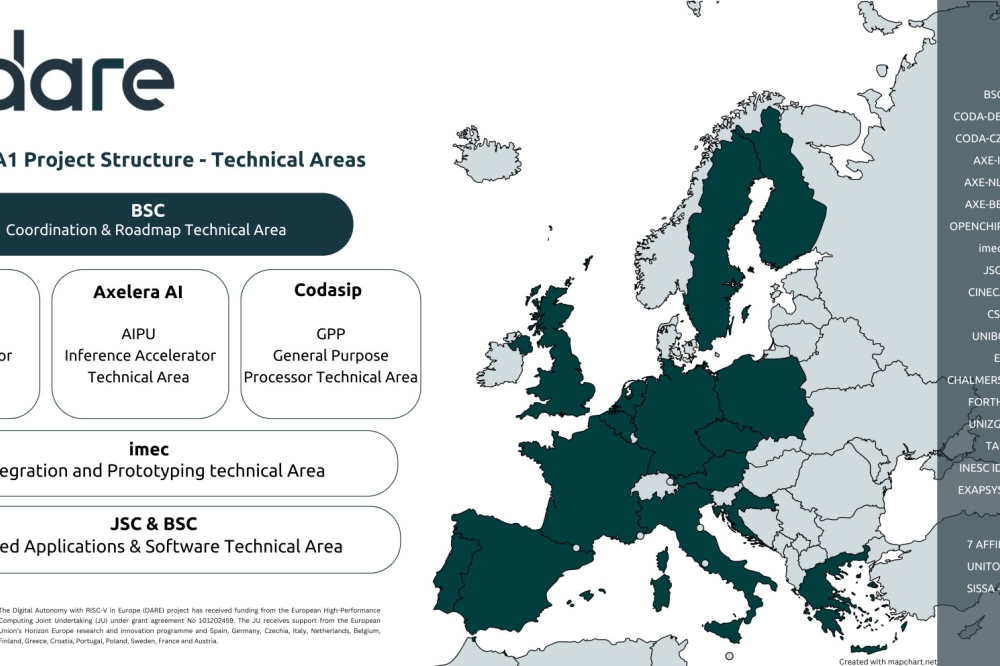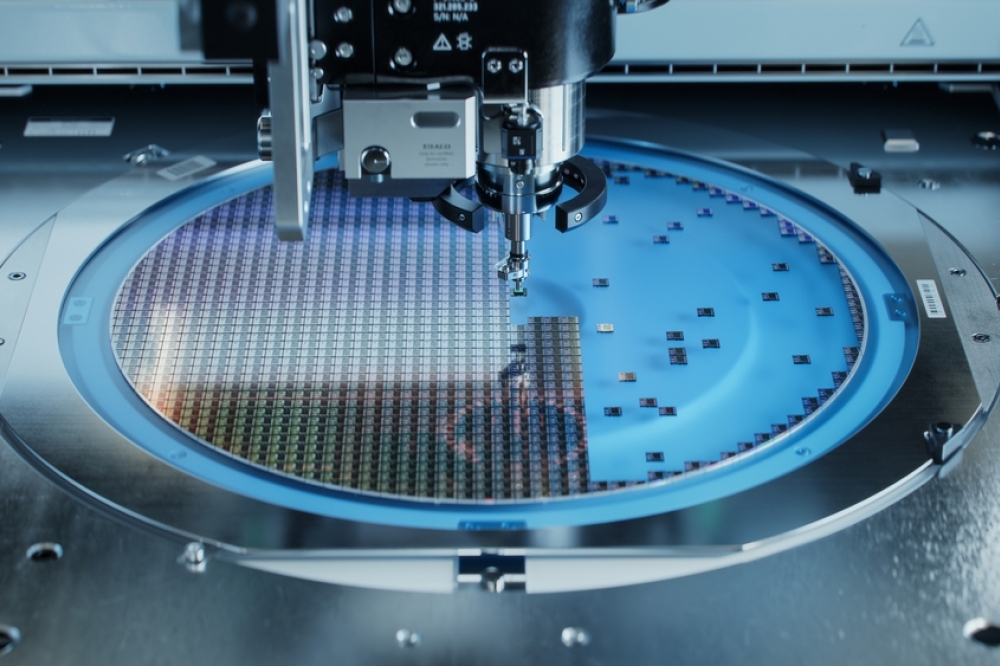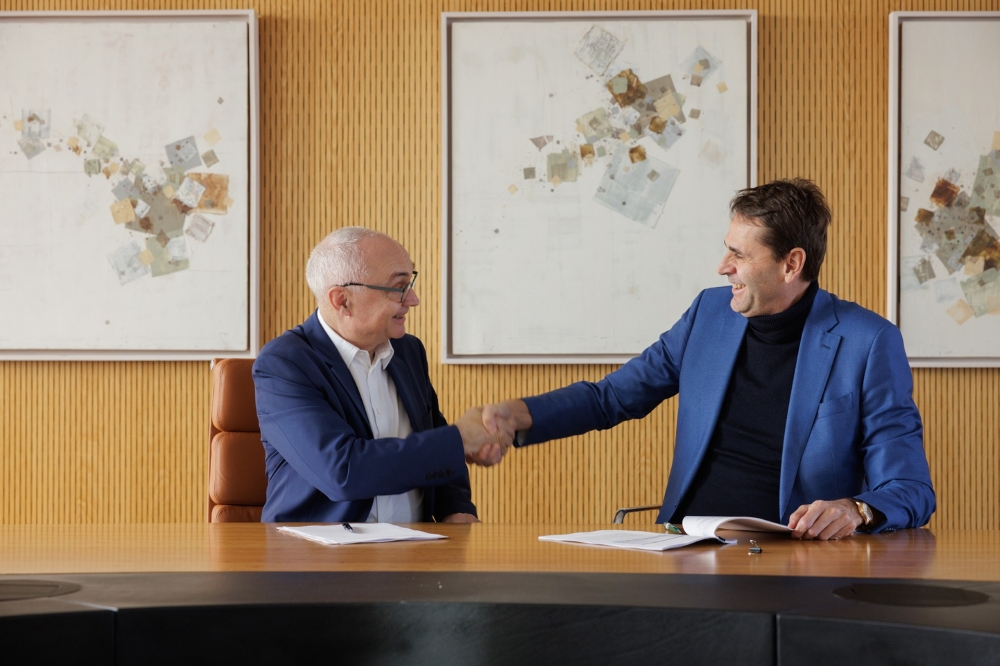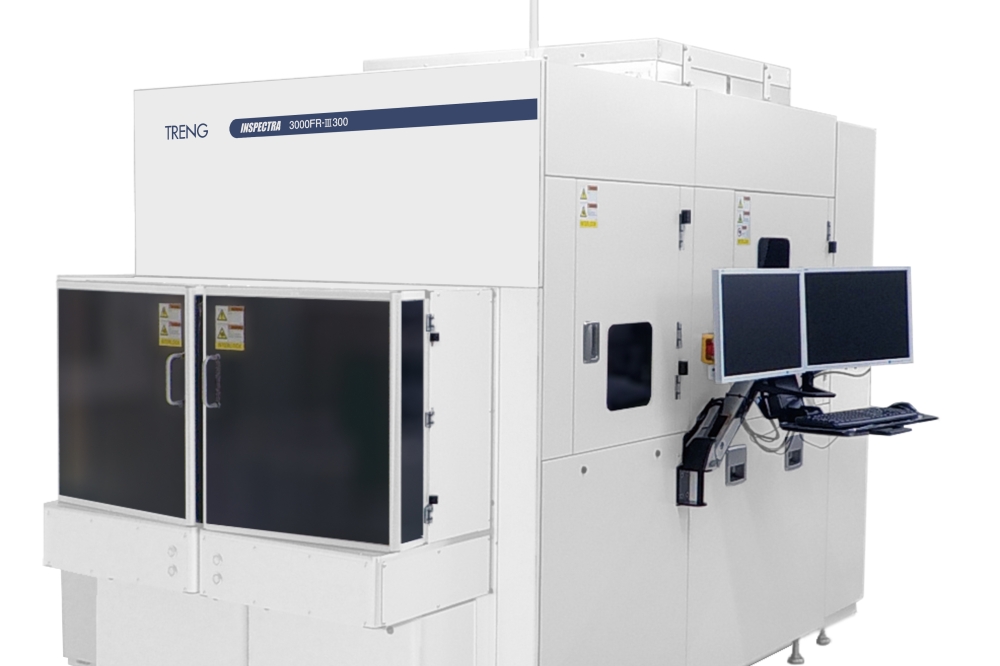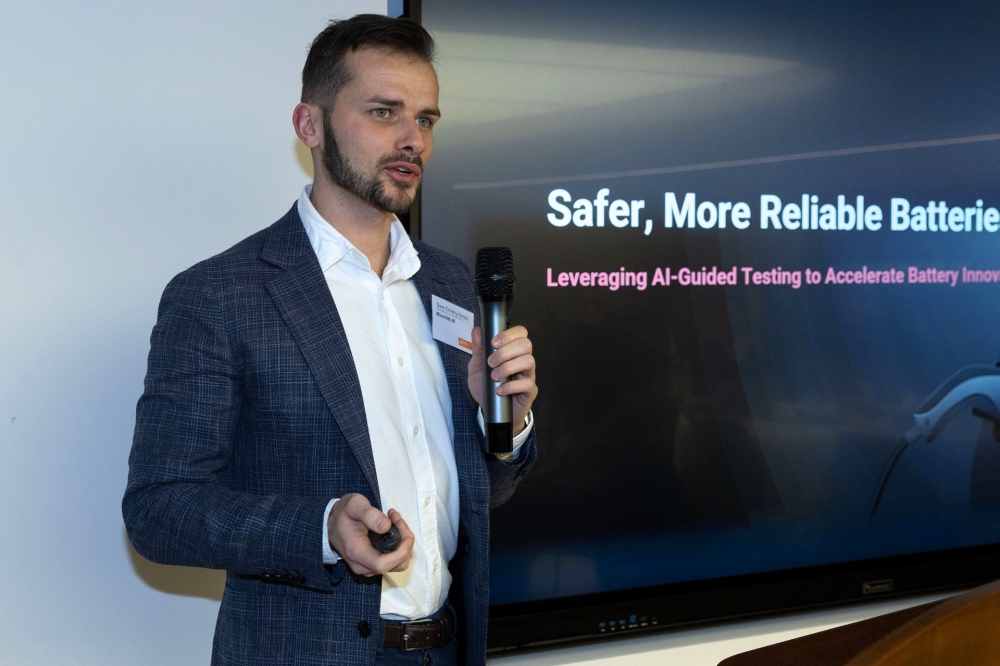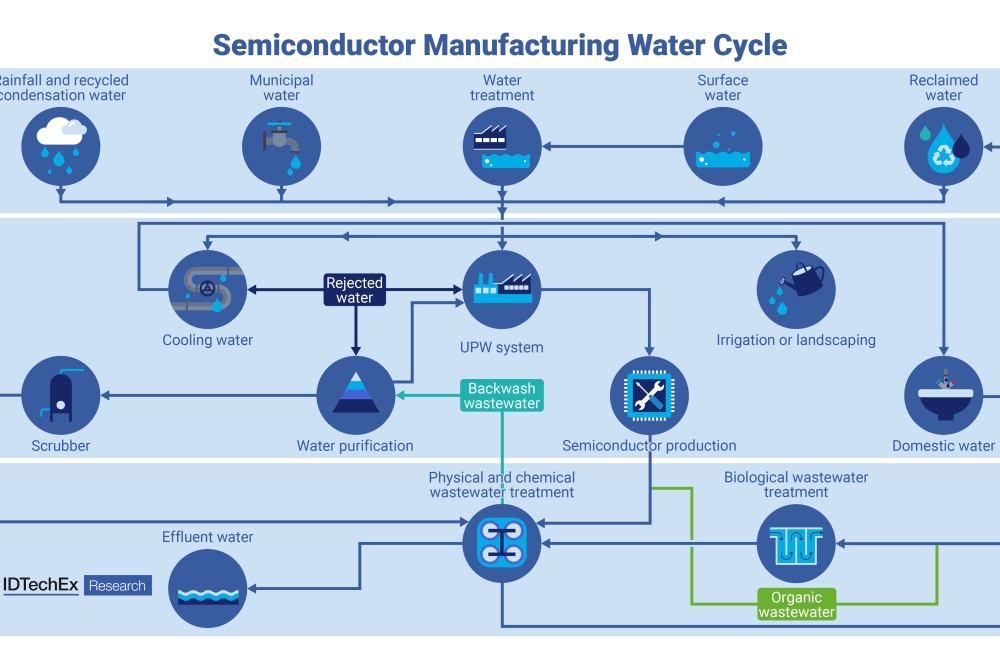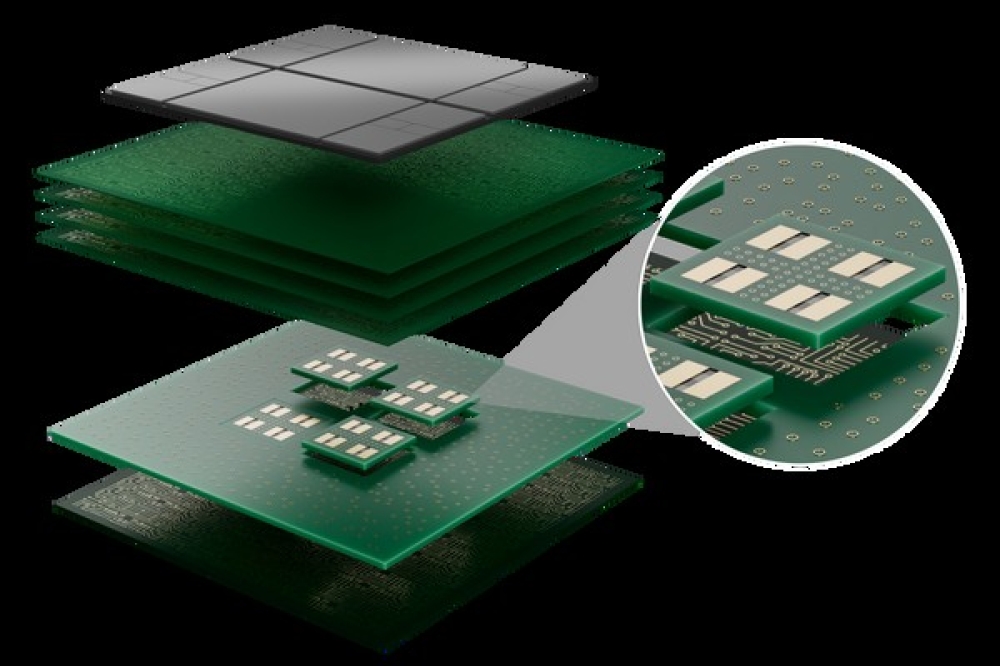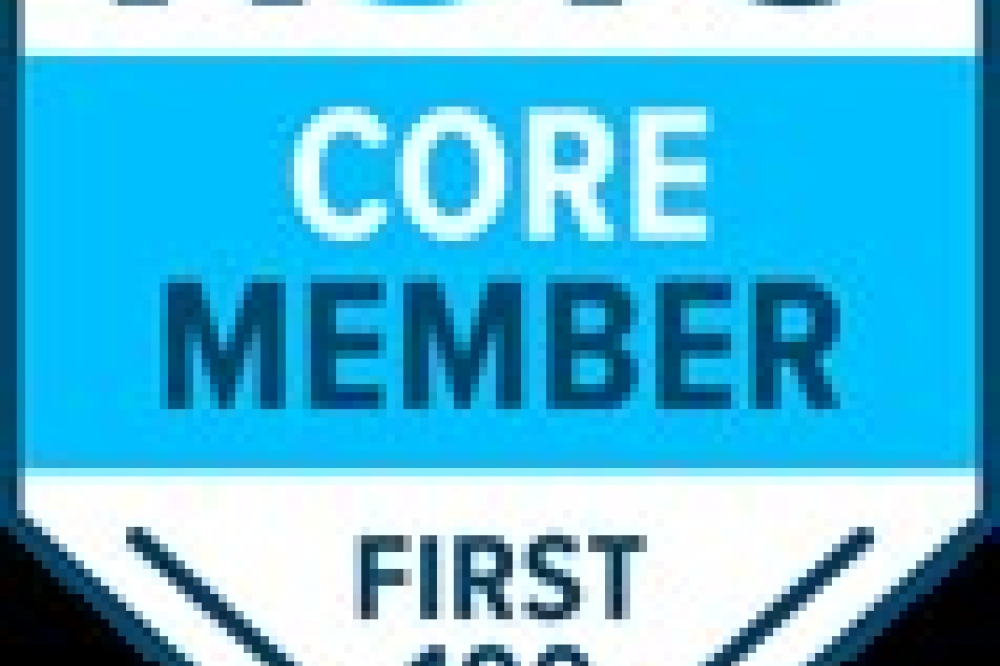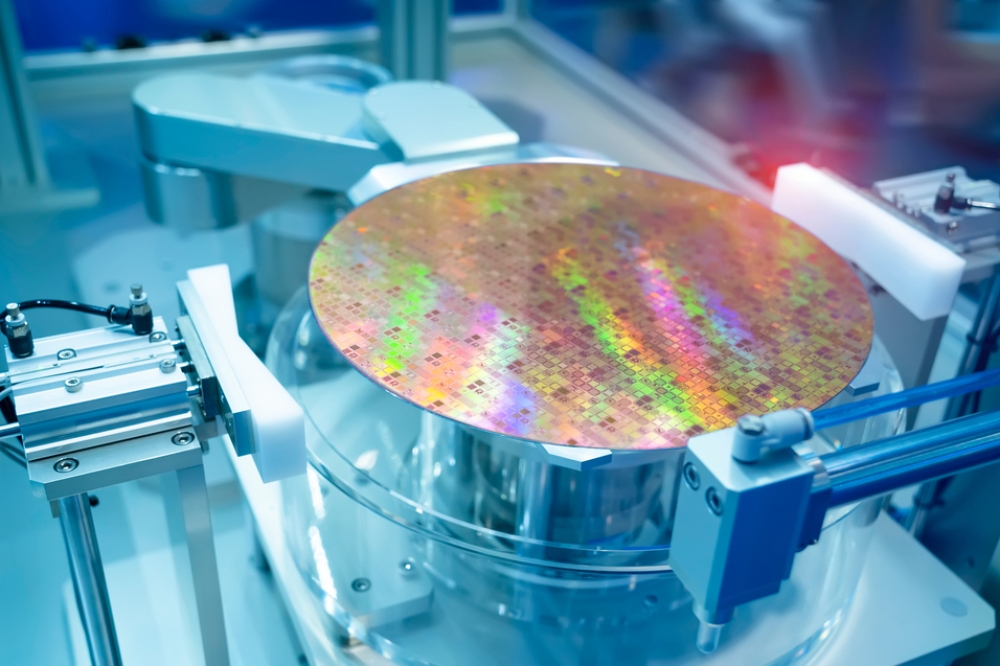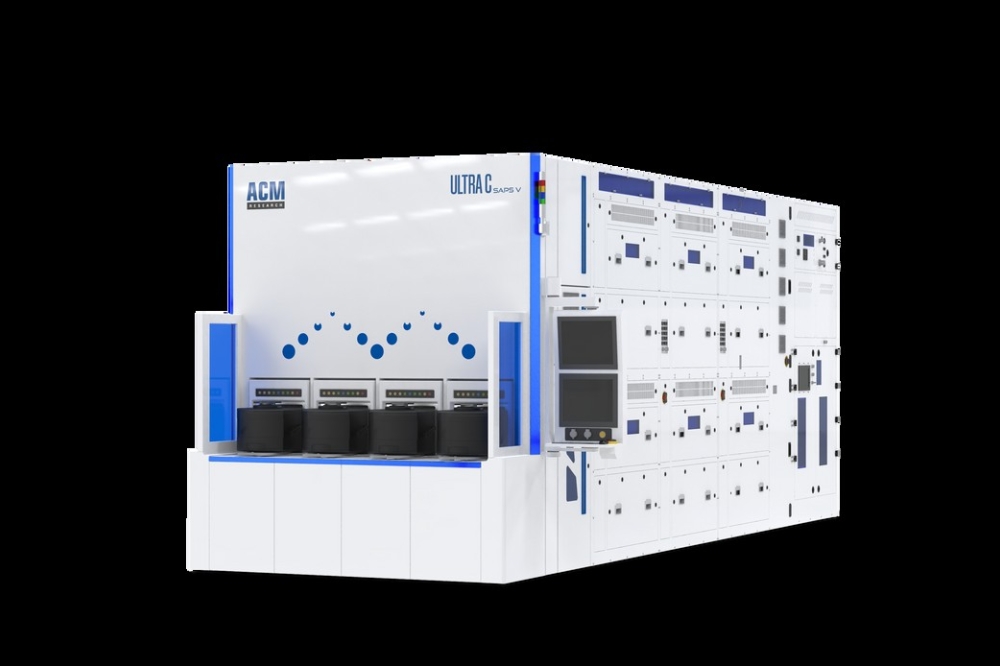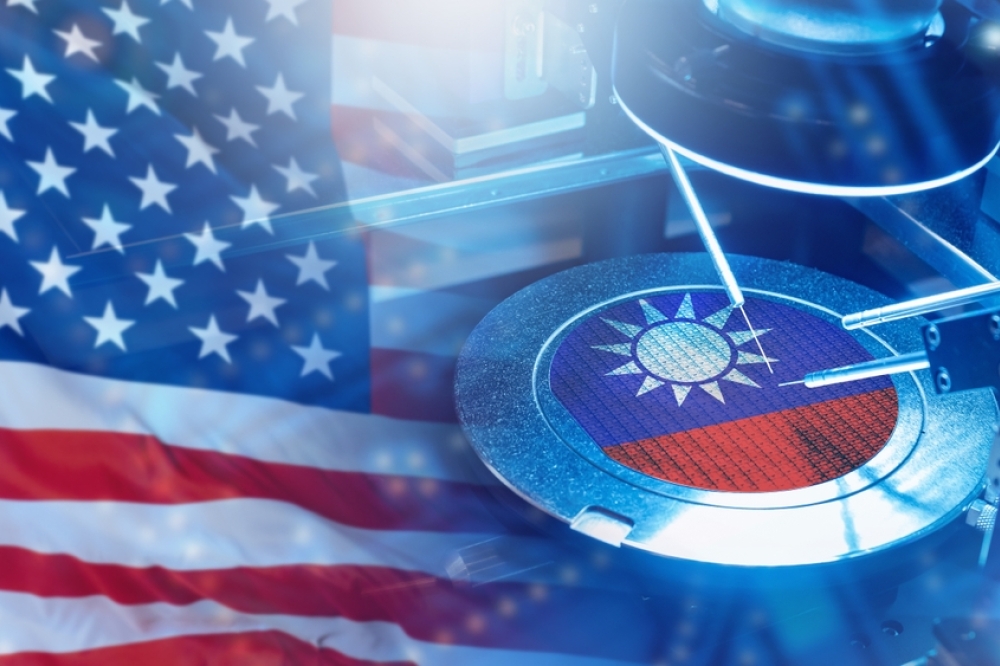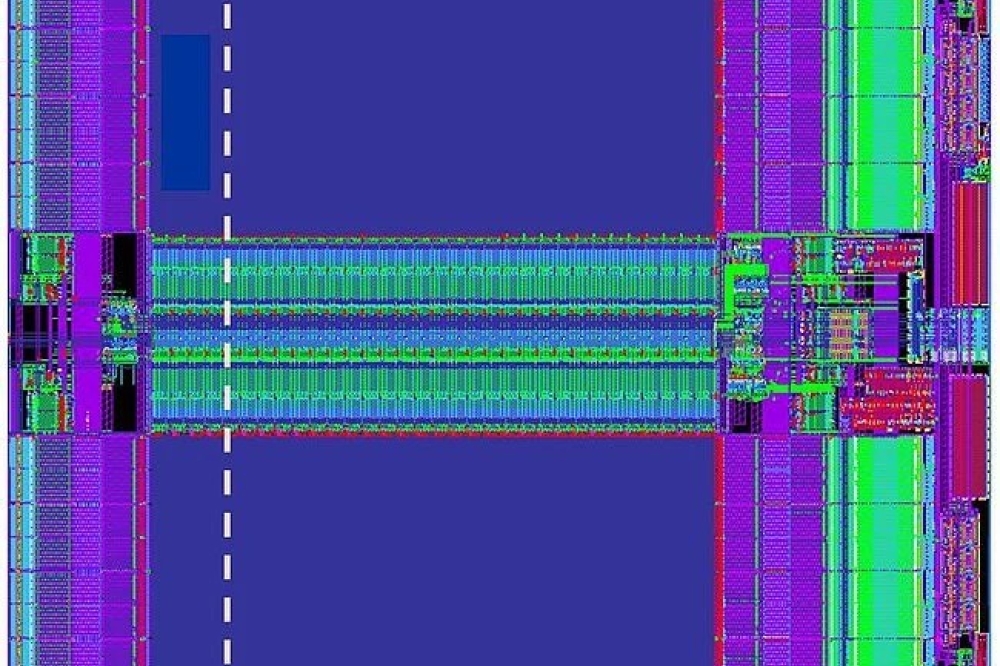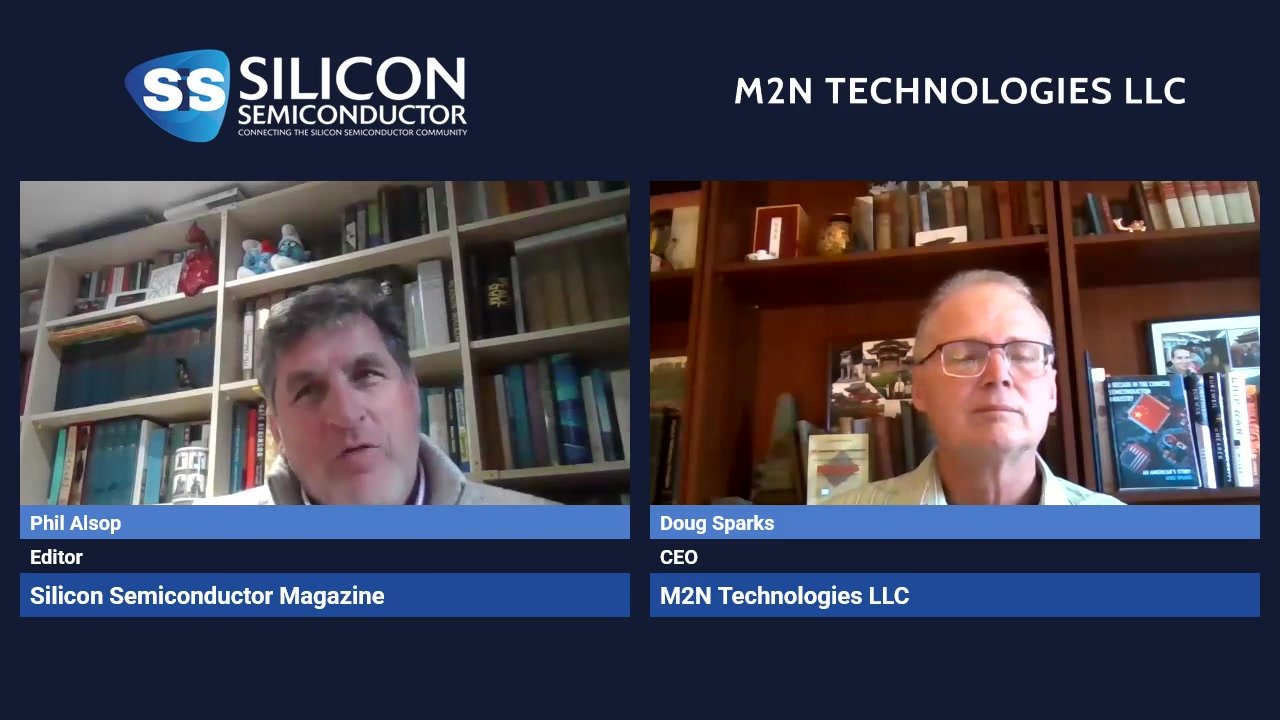The quest for room-temperature superconductors

Theoretical physicists reveal that room-temperature superconductivity is possible within the laws of our Universe, linked to fundamental constants like electron mass and Planck constant.
In a new development that could help redefine the future of technology, a team of physicists has uncovered a fundamental insight into the upper limit of superconducting temperature. This discovery, accepted for publication in Journal of Physics: Condensed Matter, suggests that room-temperature superconductivity – long considered the "holy grail" of condensed matter physics – may indeed be possible within the laws of our Universe.
Superconductors, materials that can conduct electricity without resistance, have the potential to revolutionise energy transmission, medical imaging, and quantum computing. However, until now, they have only functioned at extremely low temperatures, making them impractical for widespread use. The race to find a superconductor that works at ambient conditions has been one of the most intense and elusive pursuits in modern science.
In their latest work, Queen Mary University of London Professor Kostya Trachenko and colleagues reveal that the upper limit of superconducting temperature TC is intrinsically linked to the fundamental constants of nature – the electron mass, electron charge, and the Planck constant. Constants such as these govern everything from the stability of atoms to the formation of stars and synthesis of carbon and other elements essential to life. The team’s finding shows that the upper limit ranges from hundreds to a thousand Kelvin – a range that comfortably includes room temperature.
"This discovery tells us that room-temperature superconductivity is not ruled out by fundamental constants," said Professor Pickard of University of Cambridge, co-author of this study. "It gives hope to scientists: the dream is still alive."
The results have already been independently confirmed in a separate study, adding weight to the team’s conclusions. But the implications go even further. By exploring how different values of these fundamental constants could alter the limits of superconductivity, the researchers have opened a fascinating window into the nature of our Universe.
Imagine a world where the fundamental constants are different and set the upper limit for TC at a mere millionth of a Kelvin. In such a Universe, superconductivity would be undetectable, and we would never have discovered it. Conversely, in a Universe where the limit is a million Kelvin, superconductors would be common – even in your electric kettle. "The wire would superconduct instead of heating up," Professor Trachenko explains. "Boiling water for tea would be a very different challenge."
It therefore appears that the very reason the community is busy chasing up a room-temperature superconductor is that our fundamental constants set the upper limit of TC in the range 100-1000 K (the range of planetary conditions) where our “room” temperature is.
This research not only advances our understanding of superconductivity but also highlights the delicate balance of the constants that make our Universe – and life within it – possible. For scientists and engineers, this work also provides a renewed sense of direction. "The fact that room-temperature superconductivity is theoretically possible, given our Universe’s constants, is encouraging," Professors Trachenko and Pickard add. "It’s a call to keep exploring, experimenting, and pushing the boundaries of what’s possible."

